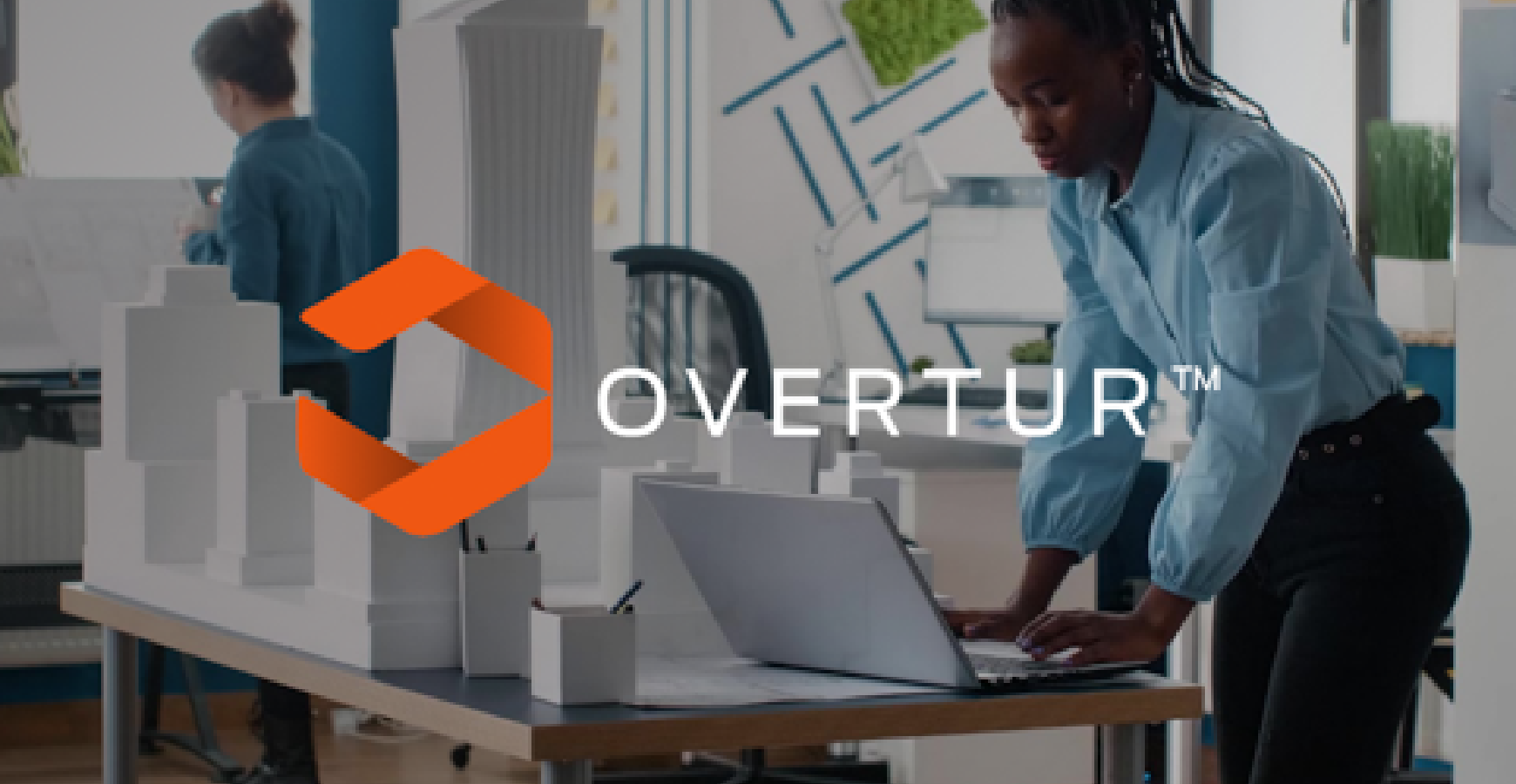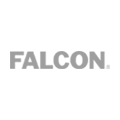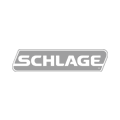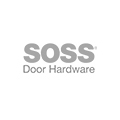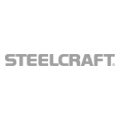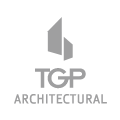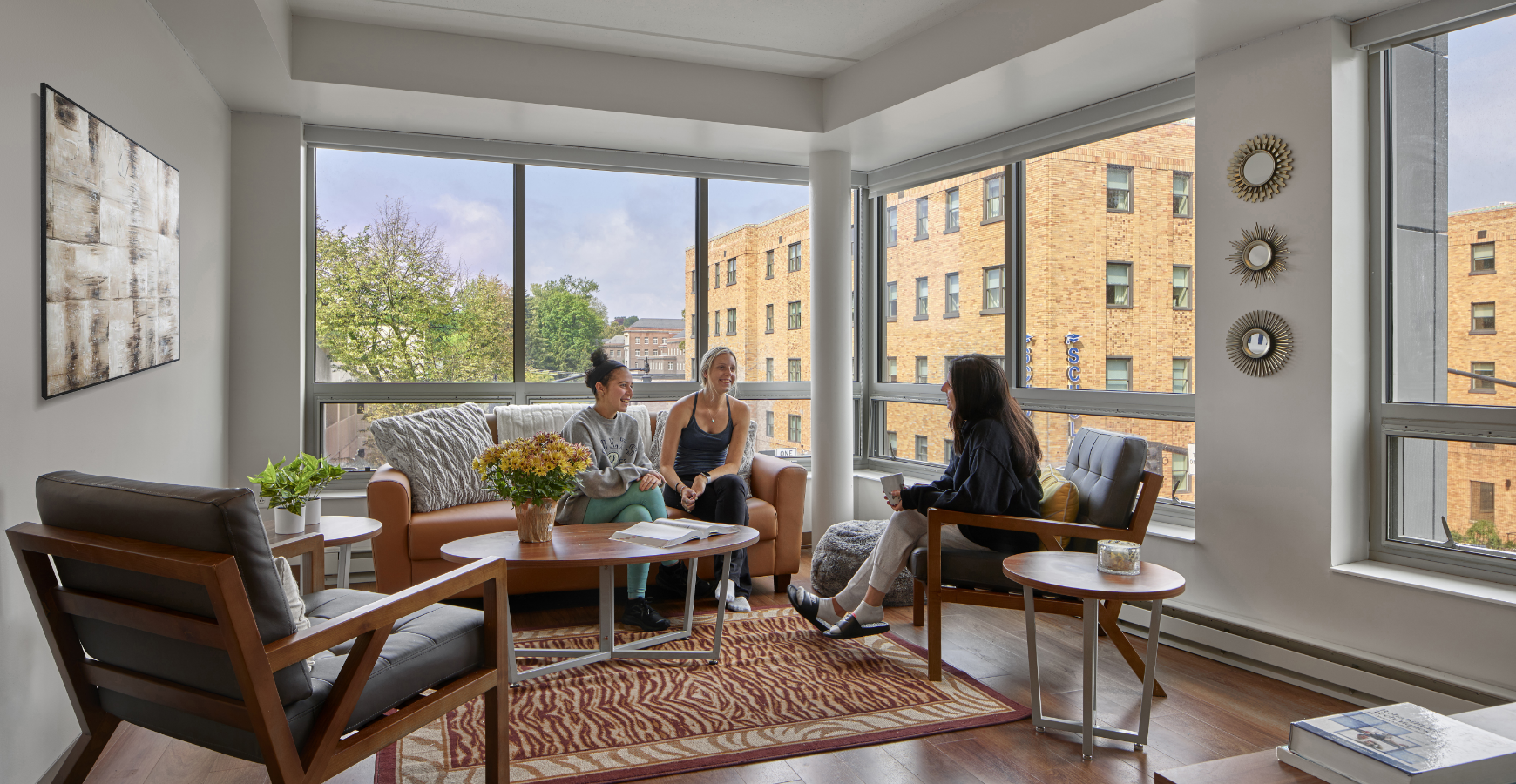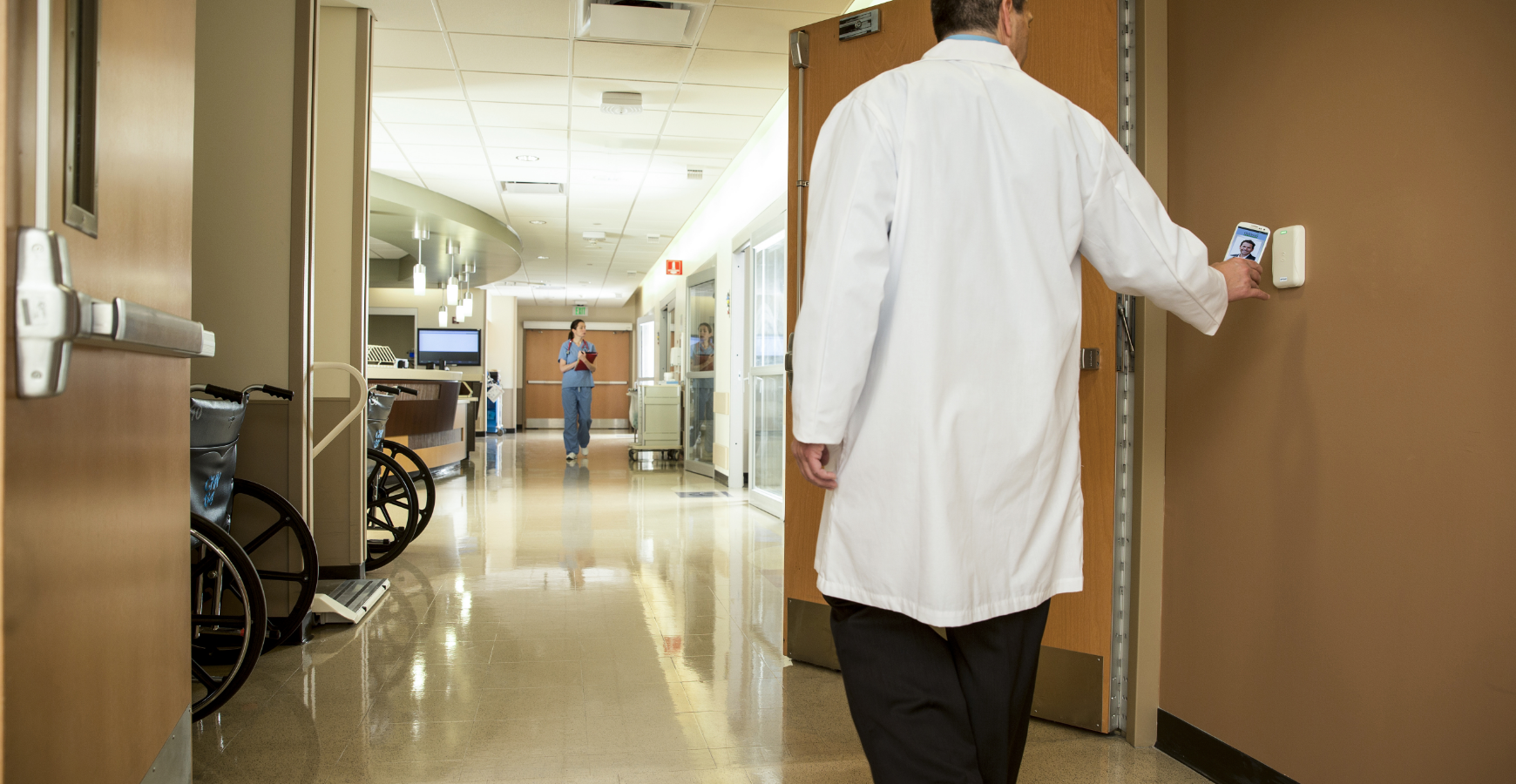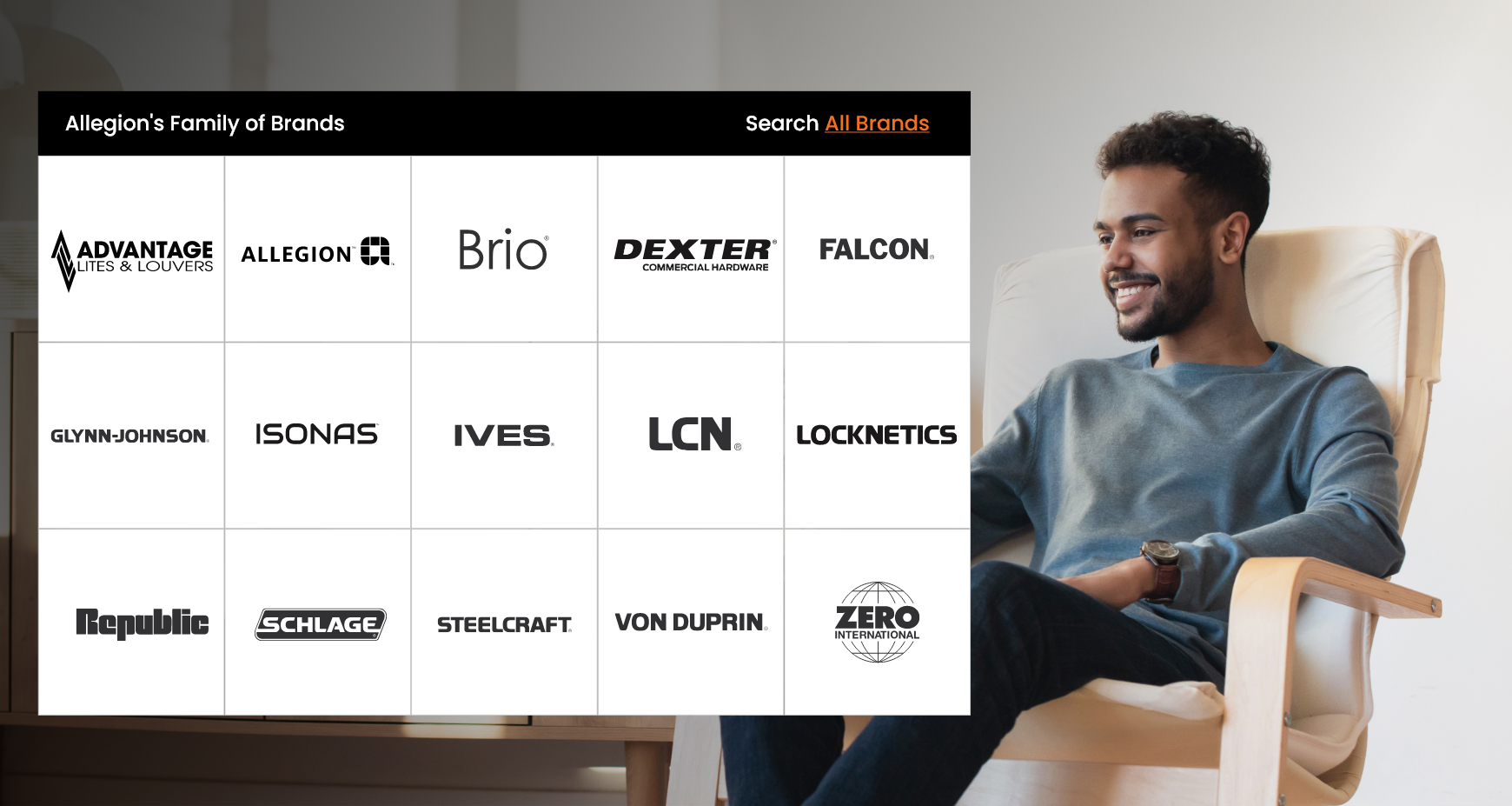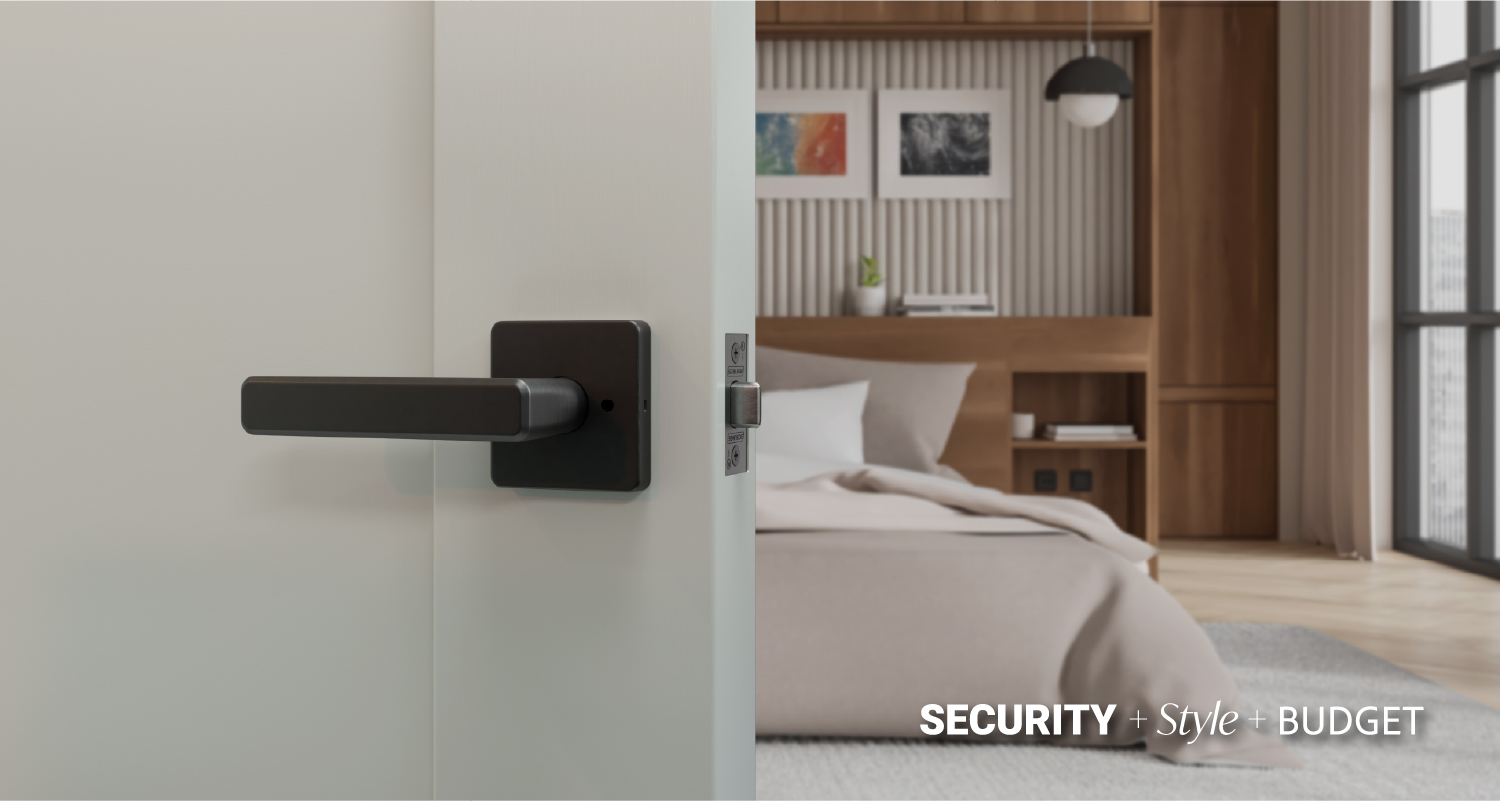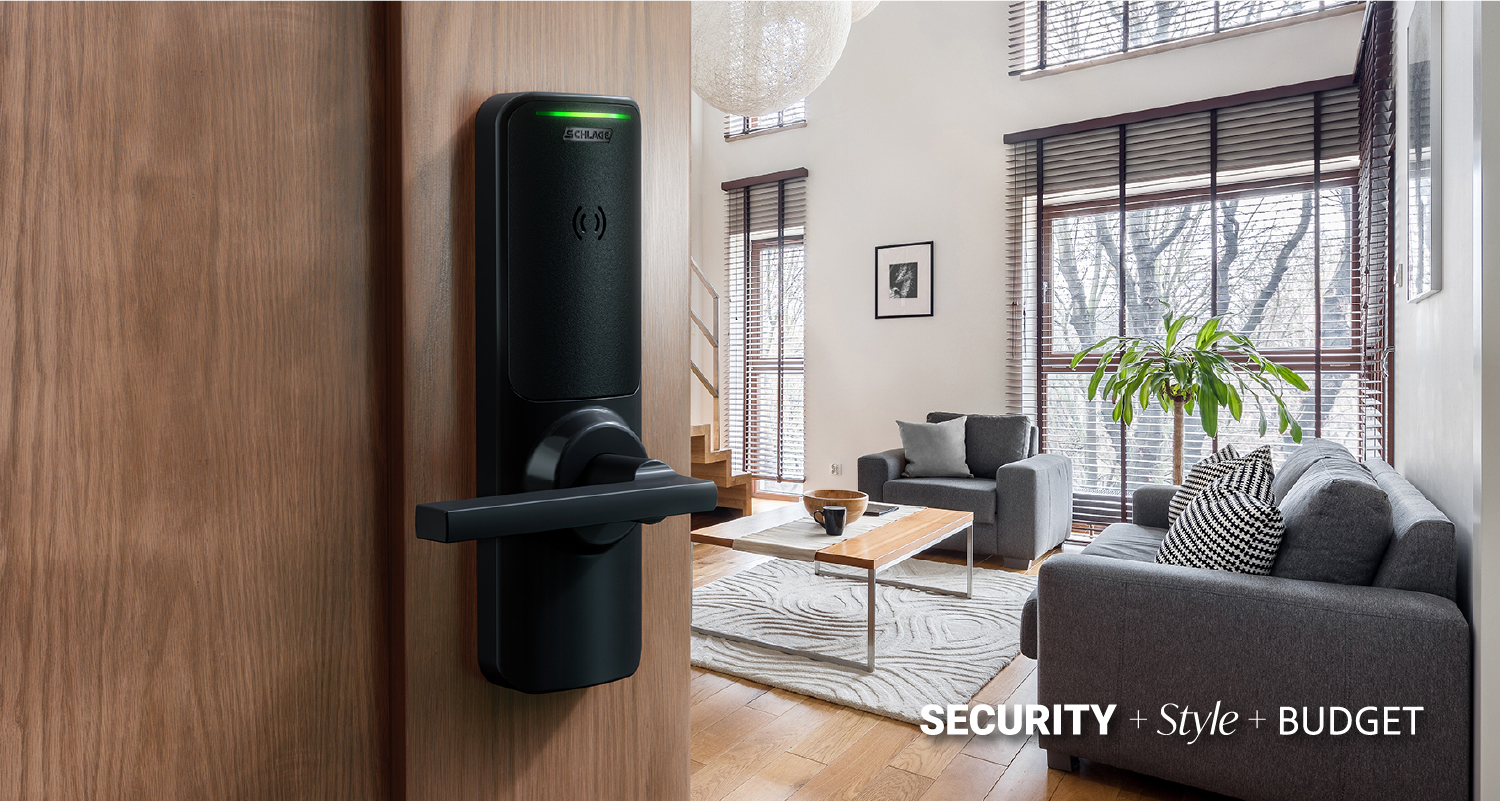Multifamily property owners today are navigating a high-stakes balancing act. Construction costs have surged more than 40% since 2020, while insurance premiums and operating expenses continue to climb. At the same time, residents expect modern, secure, and stylish spaces that reflect the value of their rent.
In this environment, every decision has ripple effects on net operating income (NOI), resident satisfaction, and long-term asset value. Door hardware—often treated as a commodity—sits at the intersection of security, design, and cost control. The right choice can reduce maintenance calls, protect NOI, and elevate the property’s brand perception. The wrong choice can lead to premature replacements, frustrated residents, and hidden costs that erode budgets over time.
The Retrofit Reality: Pressure Points for Owners
For retrofit projects in particular, hardware decisions carry more weight:
- Security is non-negotiable. Residents want to feel safe in their homes, and insurers increasingly scrutinize access control and lock quality when pricing policies.
- Style influences perception. A dated or flimsy lockset can undermine the look of a newly renovated lobby or unit, while cohesive, high-quality modern hardware reinforces a property’s design story. Of all the elements of interior design, hardware is one of the more function-driven features. However, striking just the right balance between form and function takes forethought and attention.
- Budgets are under pressure. Owners are “right-sizing” specs—seeking solutions that balance upfront affordability with long-term durability and ease of maintenance.
- Retrofit complexity matters. Hardware that installs quickly and integrates with existing systems and door preps can save thousands in labor and keep projects on schedule.
In short: hardware is no longer just a finishing detail. It’s a strategic lever for balancing resident experience, operational efficiency, and financial performance.
 Featured ProductSchlage Credential Services deliver control, security and flexibility without limiting your options. From encryption keys to card tracking and custom artwork, our services help create an access control plan that fits today and grows with you tomorrow.
Featured ProductSchlage Credential Services deliver control, security and flexibility without limiting your options. From encryption keys to card tracking and custom artwork, our services help create an access control plan that fits today and grows with you tomorrow.